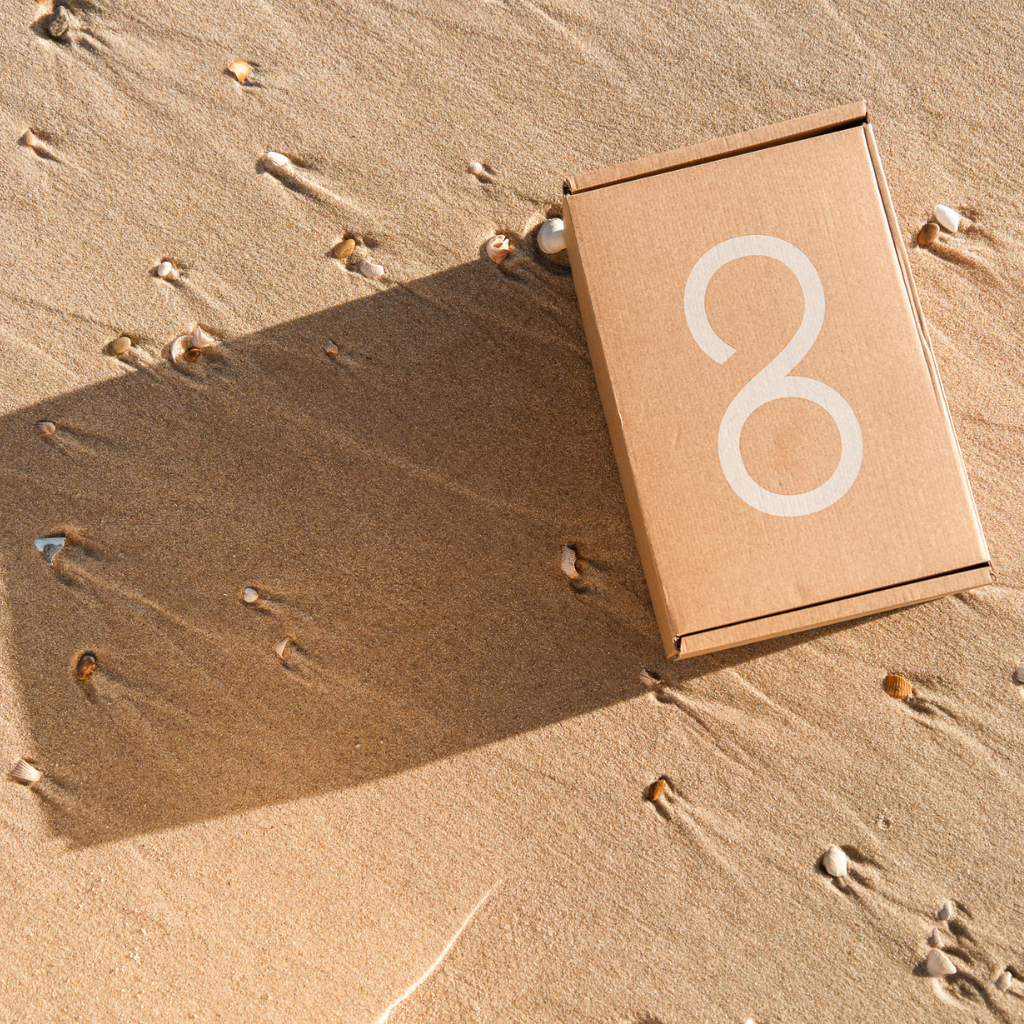
Water hardness: how does it affect the amount of detergent?
Water hardness impacts how well your clothes wash and influences the amount of detergent you need to put in the washing machine.
In this article, you'll learn the differences between hard and soft water and how you should use detergent in these different types of water without wasting any.
Water hardness: what does it consist of?
Water hardness is related to the presence of calcium and magnesium salts that dissolve when they come into contact with rocks. Therefore, you're in the presence of hard water when these salts are present in large quantities.
But did you know that this hardness is classified as temporary or permanent depending on its composition?
- Temporary hardness: can be eliminated by boiling water and derives from the presence of carbonates and bicarbonates;
- Permanent hardness: composed of nitrates, chlorides and sulfates that are not eliminated by boiling water.
The hardness of water varies according to the geology of the terrain with which it comes into contact, and therefore, hard water occurs mainly in limestone areas.
And how do you know you are in the presence of this type of water?
Although you can't look at the water and notice it immediately, there are some signs you can notice:
- Glasses or cutlery with small “stains” due to small deposits of calcium carbonate;
- Clothing may have small stains;
- There is less water pressure when it comes out of the tap, as mineral deposits in the pipes can reduce water flow.
It's important to know that soap, shampoo, or detergent are difficult to dissolve in hard water, and if you have limescale in your home, you may be in a hard water area. Therefore, you should pay special attention to your plumbing, washing machines, dishwashers, faucets, and showers.
EPAL indicates that the “presence of calcium and magnesium salts in water does not pose a health risk, as both are essential and beneficial and can even protect humans from certain diseases.”
In addition to this advantage for humans, water hardness can also have a positive effect on the aquatic environment, as it reduces the toxicity of metal ions such as lead, chromium, and zinc.
And how do you know if the water is soft?
Soft waters don't have high levels of calcium and magnesium, but rather a high concentration of sodium and salt. Therefore, when you live in an area with soft water, you'll notice that:
- The foam is “healthier” and more abundant;
- Clothes without stains and less wear;
- Normal water pressure.
How does the type of water influence detergent use?
In areas with very hard water, the minerals in your water can further damage your clothing fabrics by accumulating. Some of the problems you may encounter include:
- Dirty or rough fabrics;
- Accumulated dirt;
- Weaker tissues;
- White or gray spots.
It's important to note that the ingredients in powdered detergents bind to the minerals in the water instead of cleaning the clothes. In these cases, much more detergent is needed, as well as a higher temperature than normal for effective cleaning.
Therefore, to avoid unnecessary amounts of detergent and increased electricity consumption (which requires higher wash temperatures), the solution is to use liquid detergents. This is explained by the fact that detergents contain nonionic surfactants that are resistant to water hardness.
What is the recommended amount of detergent?
EcoX Laundry Detergents contain ingredients that soften water, preventing several of the problems mentioned above. However, the amounts for the two types of water are different:
- Hard water: add between 10 and 20 ml of detergent per kg of dry clothes
- Soft water: add between 5 and 10 ml of detergent per kg of dry clothes
To avoid the accumulation of minerals or even fungi and bacteria that can build up over time, you should wash your washing machine regularly , according to the manufacturer's specifications.
Do you know how you can increase the lifespan of your clothes?
It's essential to follow some good practices when washing and drying clothes, such as reading labels and sorting clothes by color. This laundry care also involves knowing how to protect each type of fabric (linen, cotton, lyocell, wool, polyester).
To remove stains, opt for natural percarbonate-based whiteners that help restore many fabrics to their original appearance. Commercial bleach-based whiteners, on the other hand, wear down fabric fibers, and optical brighteners only give the impression of cleanliness and whiteness to our eyes.
With these tips and information about water hardness, you can make your laundry more effective, not only in terms of quality but also in terms of the extra costs you'll avoid. Follow our blog for more news and inspiration about cleaning.
Author: Daniela Matos







